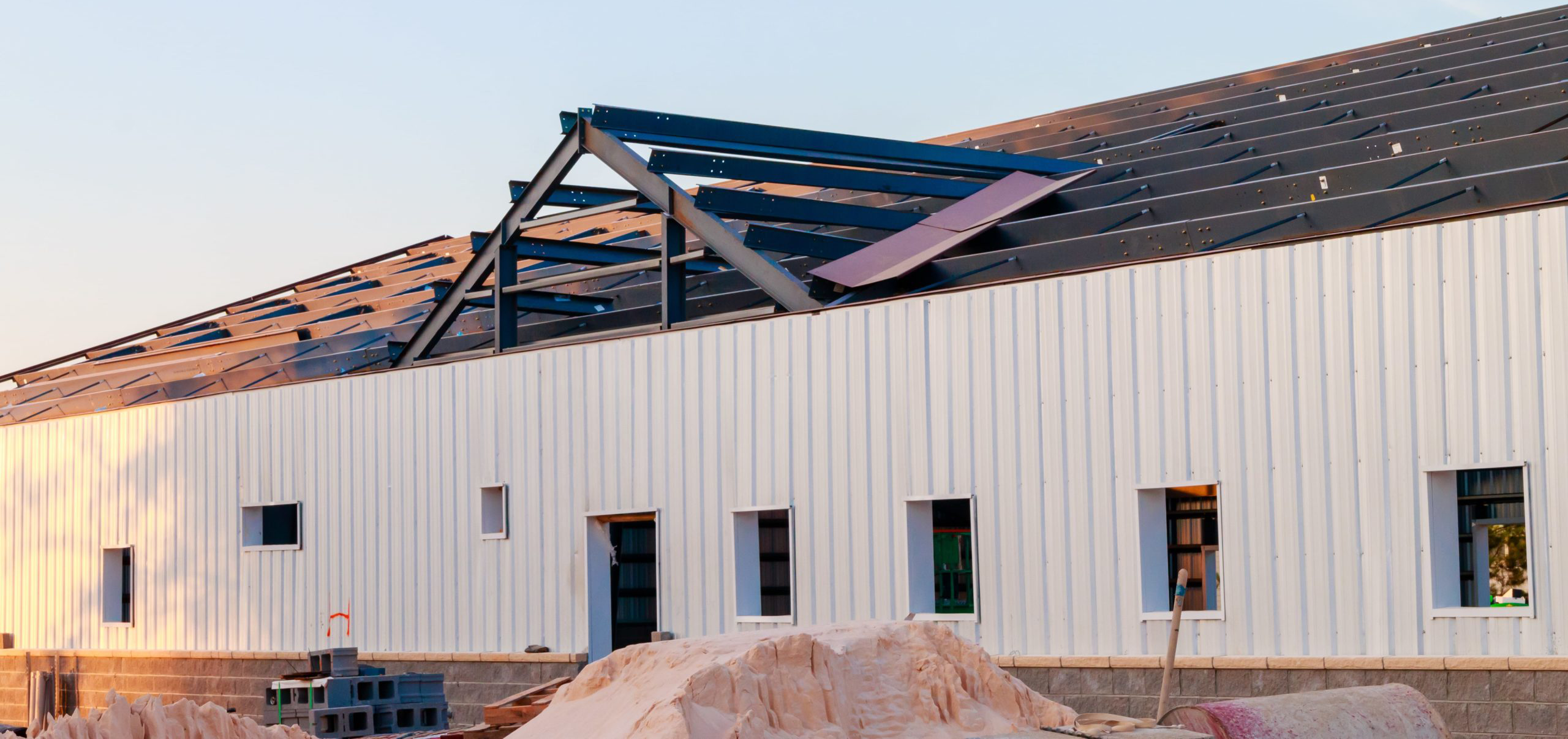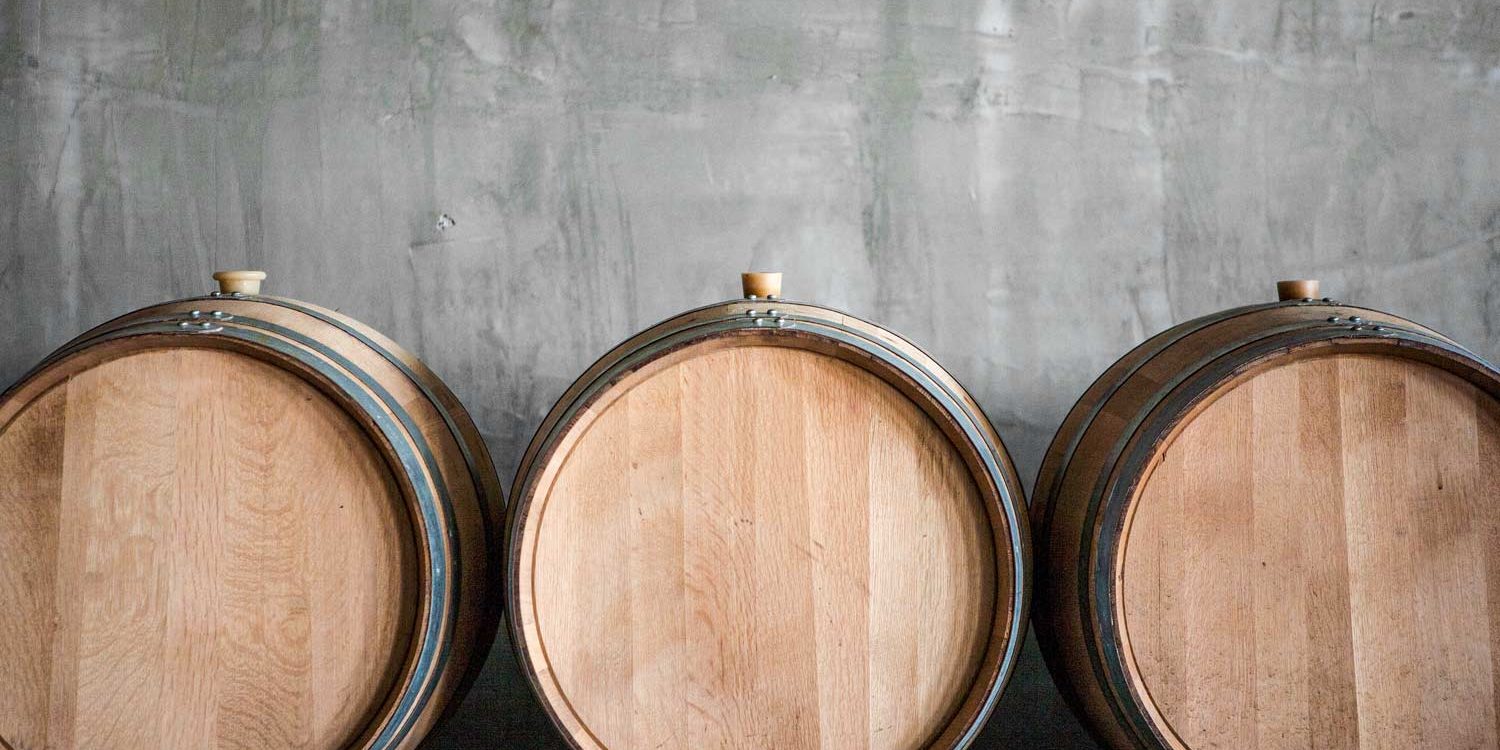It’s a romantic idea, isn’t it? Most people only dream of opening their own winery, sharing their love of cabernets, pinots, and more with the world. But only the most passionate are able to turn that dream into a reality. Every year, more and more entrepreneurs are cashing in on this growing trend. Since the nineties, wine grape acreage in Washington State alone increased from just over 4,000 acres to more than 27,000 acres.
The grapes are ripe for the picking. But to open a winery, you not only need an intense passion for the product but a thorough understanding of the process, especially on the business end. If you’re considering investing in the wine industry, you’ll need an accurate depiction of the potential risks, ROI timeline, and the true cost of opening a winery.
What type of winery do you want to open?
Maybe you’re in the business of starting businesses, and not necessarily growing wine. More power to you! Creating the wine is quite the process, and a great deal of it is wrapped up in luck. One bad growing season can easily destroy an entire vintage, and it can take years to start seeing a return on your investment.
So, if you’re the business brains of the operation and you’re working with a partner who has the creation portion in the bag, you’re reading the right article. Today, we’re focusing on the bottling side of production. From there, you’ll have to decide on whether it is a part of your business plan to host guests at the winery. So, will you be creating a facility that:
- Focuses on growing the grapes?
- Produces and bottles the wine?
- Hosts winery guests?
- Or all three?
Once you know the level of production and service you’ll be offering in your facility, you’re ready to move onto the next step. If the grape growing operation is already underway, you may want to build your facility as close as possible. No need to scout out new locations. But if you’re building from the ground up or don’t wish to put your winery right next to the vines, here’s what you need to know.
- Position yourself close to your market. Thousands of people flock to “wine destinations” every year for tastings and vineyard tours. But if you’re outsourcing your grapes, your wine production and winery hosting could take place practically anywhere. Do your market research to ensure that you’re positioning yourself near a population that is looking for a local wine experience.
- Decide how to market yourself. Wine is undoubtedly a luxury good. But more wineries are taking a more casual approach, making wine more accessible to a wider variety of people. What quality of the wine will you be offering? How much would you like each bottle to cost? What level of service do you plan on offering to your guests? All these questions are essential to where you will position your winery. Or, if you already have a location in mind, you can work in the opposite direction. What wine niche can you fill in the local market?
- Plan for distribution. If you plan on wholesale distribution for your wine, you may want to choose a centralized hub that makes it easy to send out cases of wine in all directions for the lowest possible cost.
How much does it cost to produce wine?
A study at Washington State University showed that the lowest possible cost for a 2,000 case winery was around $560,000. A 20,000 case winery required over $2 million in investment costs. So, where is all that money going?
The highest variable cost in opening a winery can be found in packaging. Bottling and storing wine is a delicate process. A controlled environment can make or break the quality of each vintage. The same study showed that the depreciation of capital assets made up the highest percentage of fixed costs. Housing your equipment in a strong, durable building with a tight seal from the elements is crucial not only to protect your wine but to extend the life of your equipment and investment.
Prefabricated metal buildings are the ideal choice for winemakers who understand the importance of a controlled environment in the bottling and packaging process. Unlike organic building materials, man-made steel doesn’t settle or create cracks and leaks over time. The structure is strong enough to withstand everything from hurricane-force winds to heavy snowfall.
When you’re dealing with organic materials in production, like your grapes, it’s important to consider that you may be introducing pests into the interior of your building. No pest can snack on steel, making it the ideal choice for winemakers everywhere. This is also a great way to reduce your long-term costs by eliminating the need for costly repairs and pest control maintenance.
When planning to open a winery, you should also do thorough research of your local licenses and permits necessary to avoid costly fines or even being shut down. Alcohol sales licenses vary from state to state, and the permits and inspection you may need will change based on the level of service you provide.
How much should you charge for your wine?
Operating a winery that hosts guests and sells by the bottle on-site is a great way to get the maximum return on your investment. When you buy a bottle of wine from another store, on average, 50% of the price you pay covers its cost to sit on the shelf. If a bottle of wine was sold to a distributor for $30, the end-user is most likely paying $60.
By selling the wine by the bottle in your own facility, you can price match or price beat local distributors and still collect a far greater profit.
You also have the opportunity to upcharge by the glass for the experience that you offer in your facility. Prefabricated metal buildings offer all the same upscale customizations that you would find from organic building materials, like beautiful facades, custom windows, covered outdoor seating, and more. By creating a luxury experience inside your winery, you stand to bring more cash in the door.
Other ways to increase your ROI at a winery are to serve food and host private experiences, keeping guests in the door for longer.
Other articles you might find interesting:
For more information on Prefabricated Buildings, CLICK HERE or give us a call 888-783-3535.
You can also reach us on Twitter at @coastalsteel.
Also, don’t forget to subscribe, share, and comment!


